Vietnam and Cambodia offer a unique opportunity for cultural immersion, but travelers need sufficient time to truly understand and appreciate the history, peoples, and rhythms of daily life. While stunning sights await, it's through patient participation and community interactions that local color truly emerges.
Cramming in too many destinations risks surface experiences. With enough time, unexpected detours may unfold, like being invited into a home. Unscheduled activities like helping with construction or farm work allow for meaningful exchanges beyond surface-level tourism.
At a relaxed pace, conversations and shared activities can take root. This facilitates cultural exchanges that increase understanding between travelers and locals. Simple acts like listening to resident's perspectives and knowledge adds rich layers versus brief landscapes alone.
Visit Independence Palace and Reunification Palace to learn about Vietnam's history. Walk around Chinatown and explore the vibrant streets.
Take a boat tour of the river region and stop at floating markets to see local life and buy fresh produce.
Walk through the well-preserved Old Town and its lantern-lit streets. Get ready-made clothes tailored and take a cooking class to learn techniques.
Tour the Imperial Citadel and pagodas like Thien Mu Pagoda. Sample traditional foods in the surrounding area.
See colonial architecture in the Old Quarter. Visit Ho Chi Minh Mausoleum and One Pillar Pagoda. Eat popular dishes like pho and bun cha at local restaurants.
Hike through scenic valleys while staying with hill tribes. Meet diverse ethnic groups speaking over 40 languages.
Take a cruise through the limestone pillars and sea caves. Kayak between islands dotted with dramatic rock formations.
Explore the city's parks and villages surrounded by natural scenery. Try strawberry cakes and coffee in the town.
Relax on the beach, lounge in bars, and eat fresh seafood. Tour Po Nagar Cham Towers for a history lesson.
The capital Phnom Penh offers exploration of its royal history through sights like the Royal Palace and National Museum. Its vibrant streets are the heart of Cambodia.
Dwarfing all is the Angkor temple complex near Siem Reap. Walking among the huge stone ruins of Angkor Wat places you back in time. Nearby sites like Angkor Wat and Bayon Temple also impress with their grand scale. Sunrise/sunset views enhance the experience.
Siem Reap town provides comfortable accommodation and restaurants close to the temples. Markets sell crafts while locals welcome visitors. Volunteering allows longer-term engagement.
Koh Ker sees fewer tourists but features steep steps up to overgrown temples. Further away, Banteay Srei's detailed pink carvings stand out.
Coastal Kep has crab markets, boutique lodging and hiking. Kampot lives up to its relaxed reputation through old buildings, pepper farms and sea breezes.
Rare wildlife, indigenous tribes and adventure activities like zip-lining through forests attract visitors to Mondulkiri and Ratanakiri provinces. Interacting with minority communities shows their challenges and resilience.
Overall, Vietnam and Cambodia highlights mix spectacular sights with opportunities to connect with the welcoming people and understand their history. Both natural beauty and humanity sustain the heart of these countries.
The Dry Season (November to February) offers the most stable and rain-free weather. This is generally considered the best time to travel between the two countries.
The Wet Season (May to October) means a lot more rainfall throughout both countries. However, prices for lodging, transport, and activities drop significantly. Some things to note:
Vietnam:
Cambodia:
Overall, the dry season is most stable weather-wise but wet season visits can work if you budget for rain gear and build flexibility into your itinerary. Just keep a close eye on weather forecasts wherever you plan to travel.
There are a few options for allocating your time between Vietnam and Cambodia depending on how long you have:
With 15 days you can see the main highlights but things may feel a bit rushed. In Vietnam you can spend 4 days around Hanoi/Halong Bay, 2 days in Hoi An, Hue, and Ho Chi Minh City each with 1 day in the Mekong Delta. For Cambodia, allot 4 days in Siem Reap for Angkor Wat and temples and 2 days each in Phnom Penh and Battambang/Kampot. Travel time between locations is 1-2 hours with limited free time.
20 days allows a bit more breathing room. In Vietnam, spend 5 days around Hanoi/Halong Bay, 3 days each in Hoi An, Hue, and Saigon with 2 days in the Mekong Delta. For Cambodia, 6 days in Siem Reap allows time at Angkor Wat and short trips plus 2 days each in Phnom Penh, Koh Ker and Battambang.
With 25 days you get maximum flexibility. In Vietnam, spend 6 days near Hanoi/Halong Bay, 3-4 days each in Hoi An, Hue, Da Lat, Ho Chi Minh City plus 3 days in the Mekong Delta. For Cambodia, allocate 7-8 days in Siem Reap, 3 days in Phnom Penh and 2-3 days in locations like Koh Ker, Battambang. More free time is available for 25+ days.
The best option depends on your personal preferences. Quality over rushed itineraries is better for enjoying Southeast Asia.
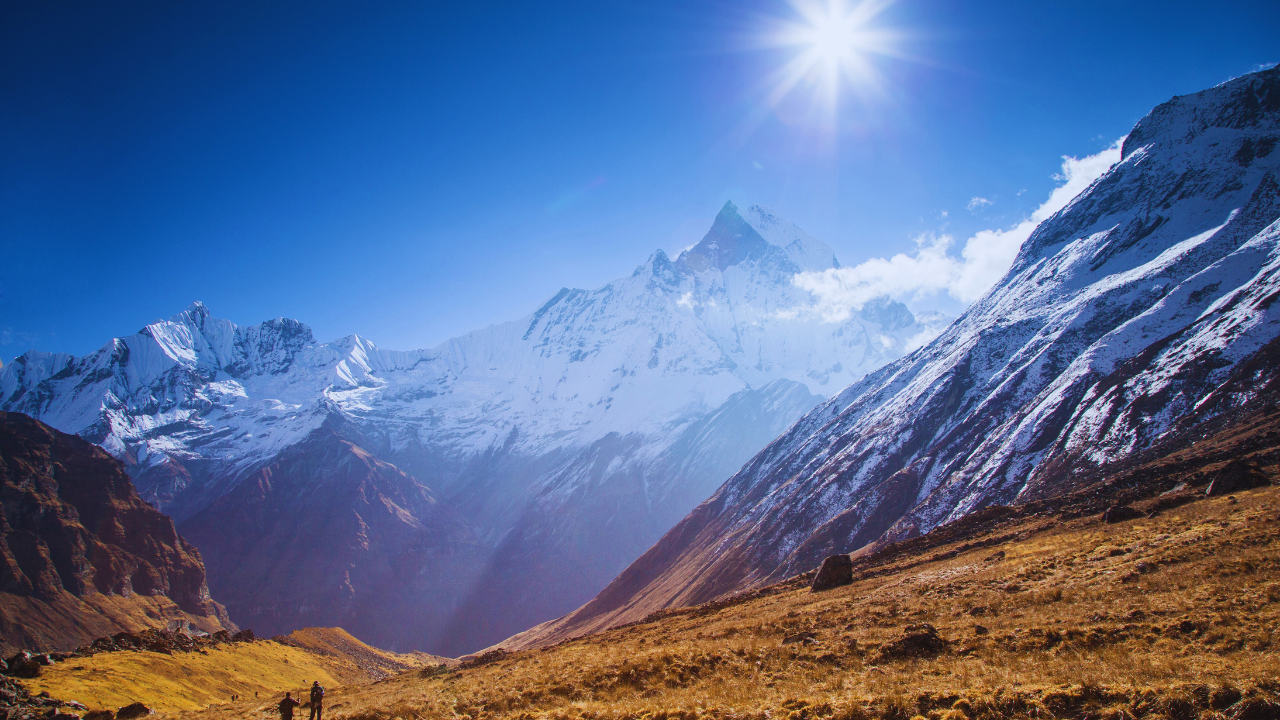
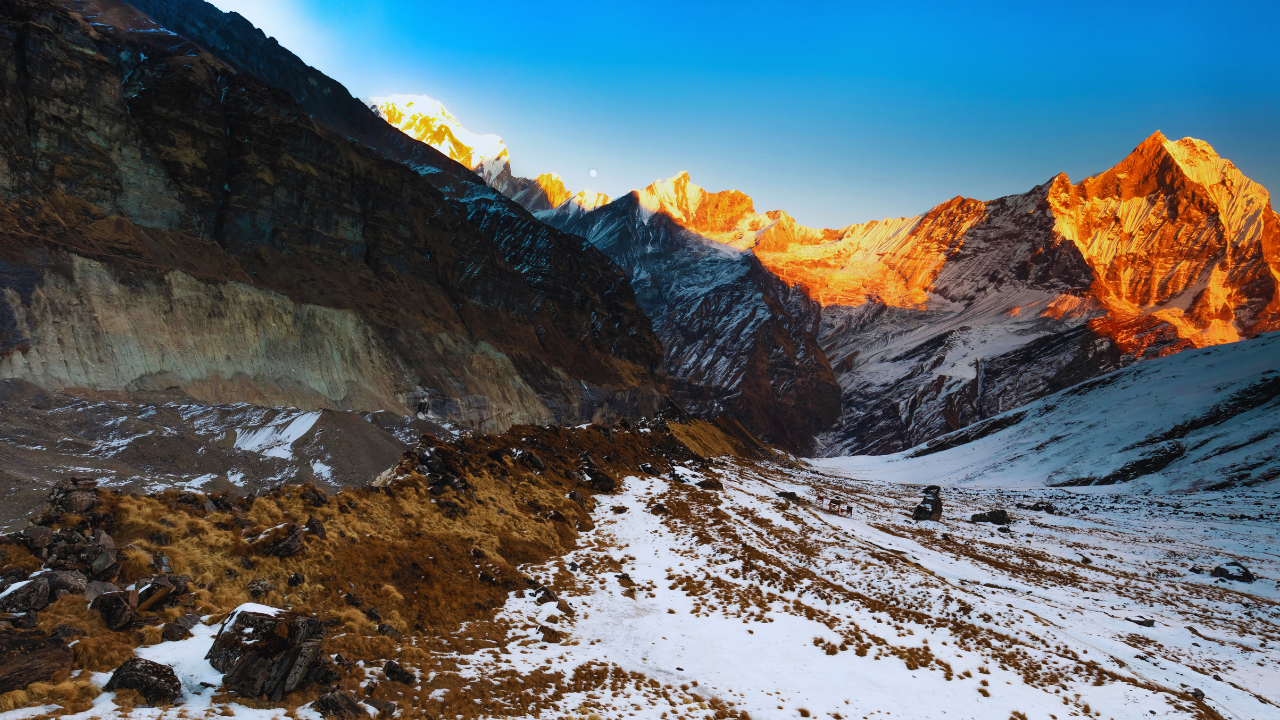
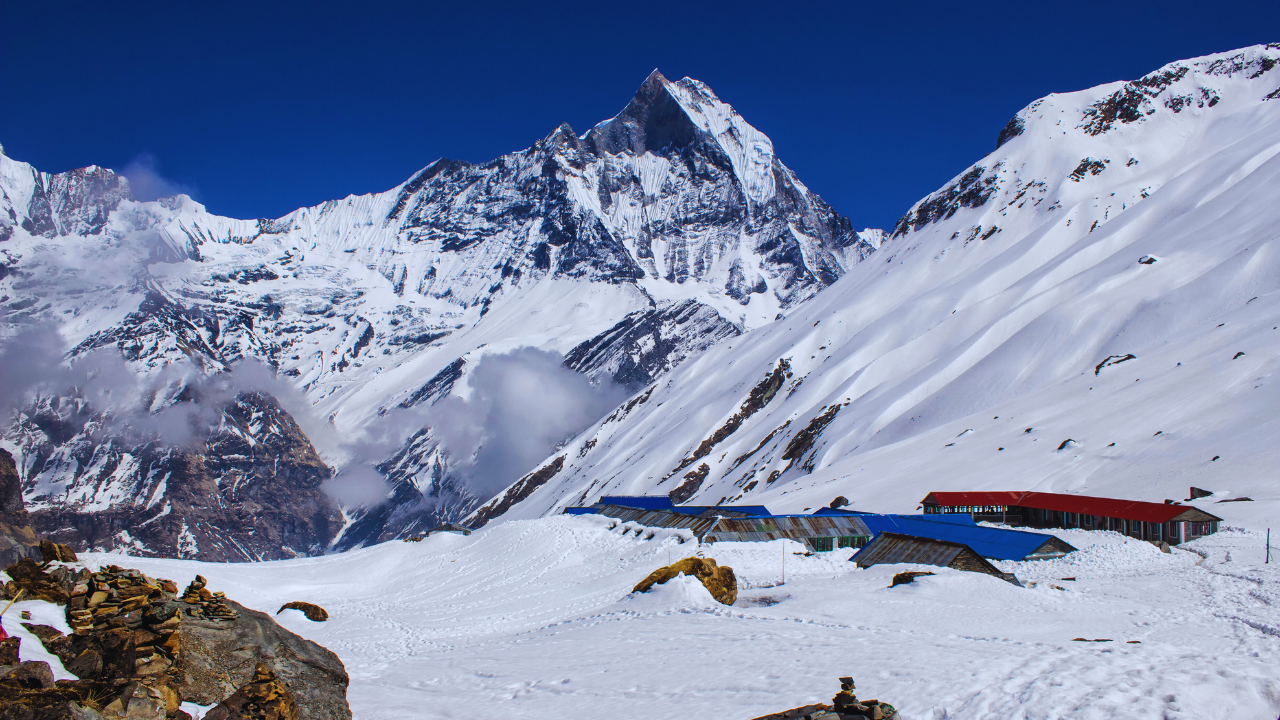
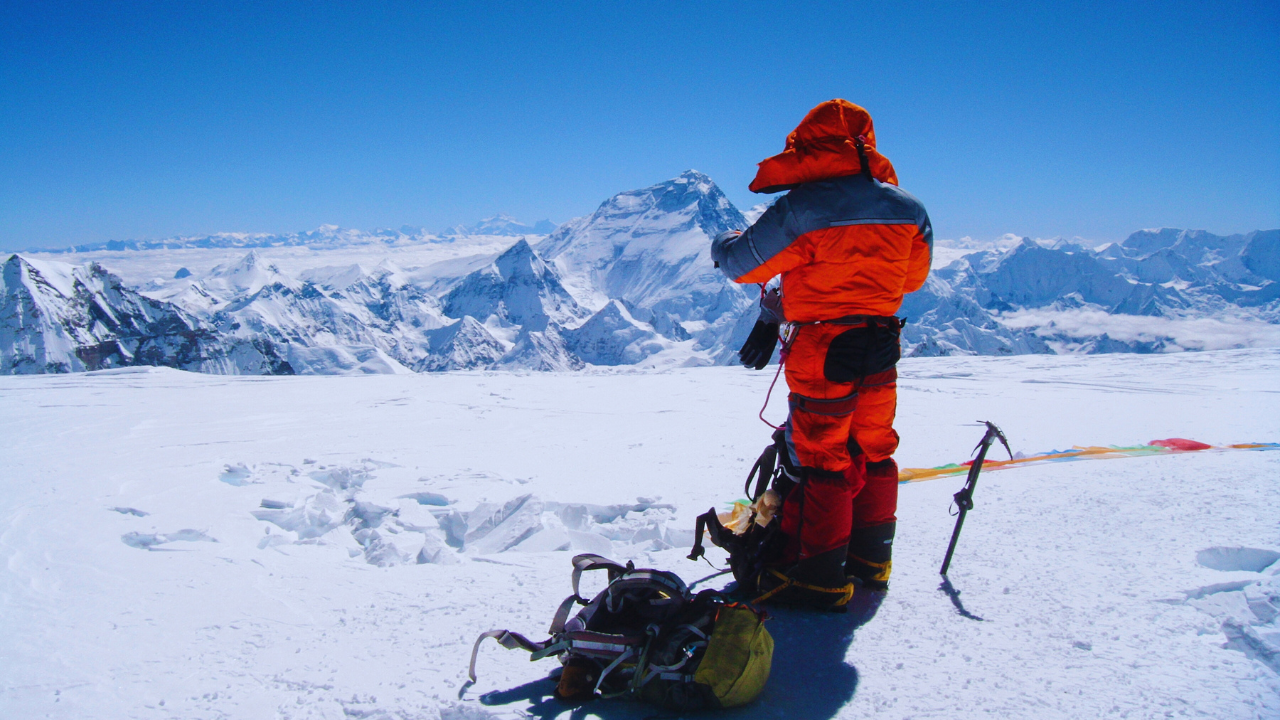



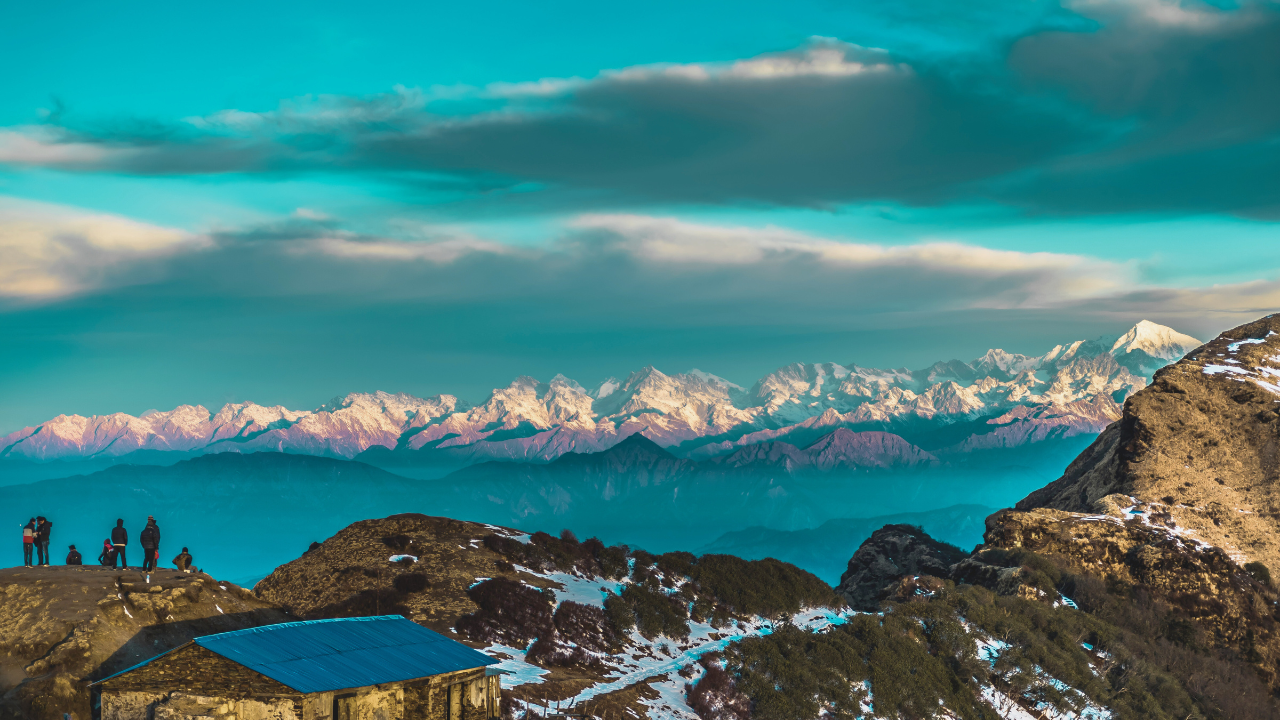







































Comments